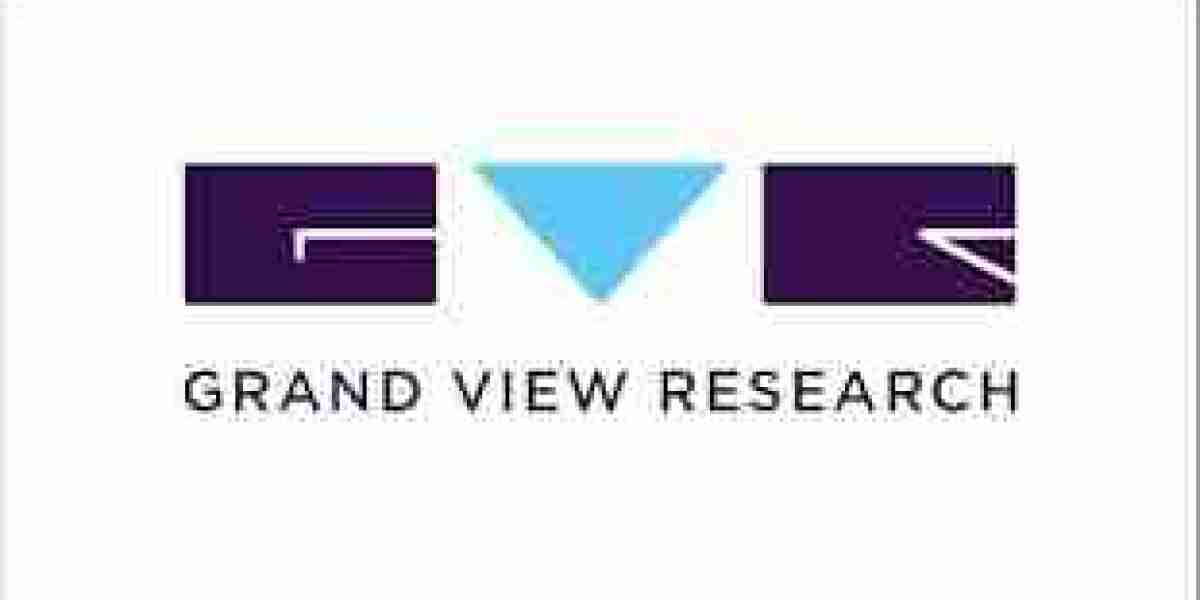The global near infrared imaging market was valued at USD 2.06 billion in 2022 and is projected to expand at a compound annual growth rate (CAGR) of 3.9% from 2023 to 2030. The market's growth is primarily driven by the rising incidence of various target diseases, including cardiovascular diseases (CVDs), gastrointestinal disorders, neurovascular conditions, and cancer. These diseases require advanced diagnostic and surgical interventions, which is contributing to the demand for near infrared imaging systems. According to the World Health Organization (WHO), cardiovascular diseases are the leading cause of death globally, accounting for approximately 17.9 million deaths annually. The increasing prevalence of these conditions is fueling the need for more effective imaging solutions like near infrared imaging.
Technological advancements are playing a crucial role in the market's growth. The development of sophisticated fluorescence imaging systems is accelerating, and key market players are collaborating to introduce cutting-edge solutions. For instance, in September 2022, Sony, Olympus, and Sony Olympus Medical Solutions joined forces to create a state-of-the-art surgical endoscopy system that integrates 4K, 3D, and infrared imaging capabilities. Such technological collaborations are expected to drive market expansion by improving the precision and efficiency of medical imaging techniques.
Gather more insights about the market drivers, restrains and growth of the Near Infrared Imaging Market
Moreover, the growing popularity of surgical interventions, especially microsurgeries, is bolstering the adoption of near infrared imaging technologies. Microsurgeries, which involve the use of specialized instruments and advanced imaging systems, are becoming more prevalent due to the rising occurrence of chronic diseases. Factors such as stress, poor dietary habits, sedentary lifestyles, chemical exposure, and genetic predisposition are contributing to an increase in chronic health issues. As awareness of the benefits of early-stage surgical treatment grows, more people are opting for these interventions, further driving the demand for near infrared imaging systems. According to the American Society of Plastic Surgeons (ASPS), around USD 16.7 billion was spent on cosmetic procedures in the U.S. in 2020, highlighting the growing trend of surgical treatments. As a result, the rise in surgical procedures is expected to significantly boost the near infrared imaging market during the forecast period.
Product Segmentation Insights
In 2022, the reagents segment dominated the near infrared imaging market, accounting for the largest revenue share of 56.6%. The strong performance of this segment is attributed to the advantages that near infrared reagents offer over traditional visible light dyes. These reagents, which include subcategories like Indocyanine Green (ICG) and other reagents, provide high sensitivity and specific detection in biological systems, making them more effective for imaging purposes. The growing popularity of ICG, in particular, is driving the segment’s growth. ICG enables real-time angiographic imaging during procedures such as brain tumor or vascular surgeries and is increasingly being adopted for spine surgeries as well. The diverse applications of ICG, coupled with its superior imaging capabilities, are expected to drive the continued growth of the reagents segment over the forecast period.
Additionally, novel point-of-care near infrared imaging modalities are gaining traction due to their ability to provide the sensitivity of nuclear medicine techniques without the use of radiation. These imaging systems offer a non-invasive, radiation-free alternative, which is particularly appealing in clinical settings. The devices segment of the market is also expected to witness significant growth, driven by the launch and regulatory approval of new near infrared imaging systems designed for surgical use. This segment is further divided into near-infrared fluorescence imaging systems and combined near-infrared fluorescence and bioluminescence imaging systems. The increased adoption of these advanced imaging devices is anticipated to contribute to the segment's robust growth during the forecast period.
In summary, the global near infrared imaging market is poised for steady growth, driven by the rising prevalence of chronic diseases, advancements in imaging technology, and increasing demand for surgical interventions. The reagents and devices segments, in particular, are expected to benefit from the ongoing innovations and increasing applications in various medical fields.
Order a free sample PDF of the Market Intelligence Study, published by Grand View Research.


